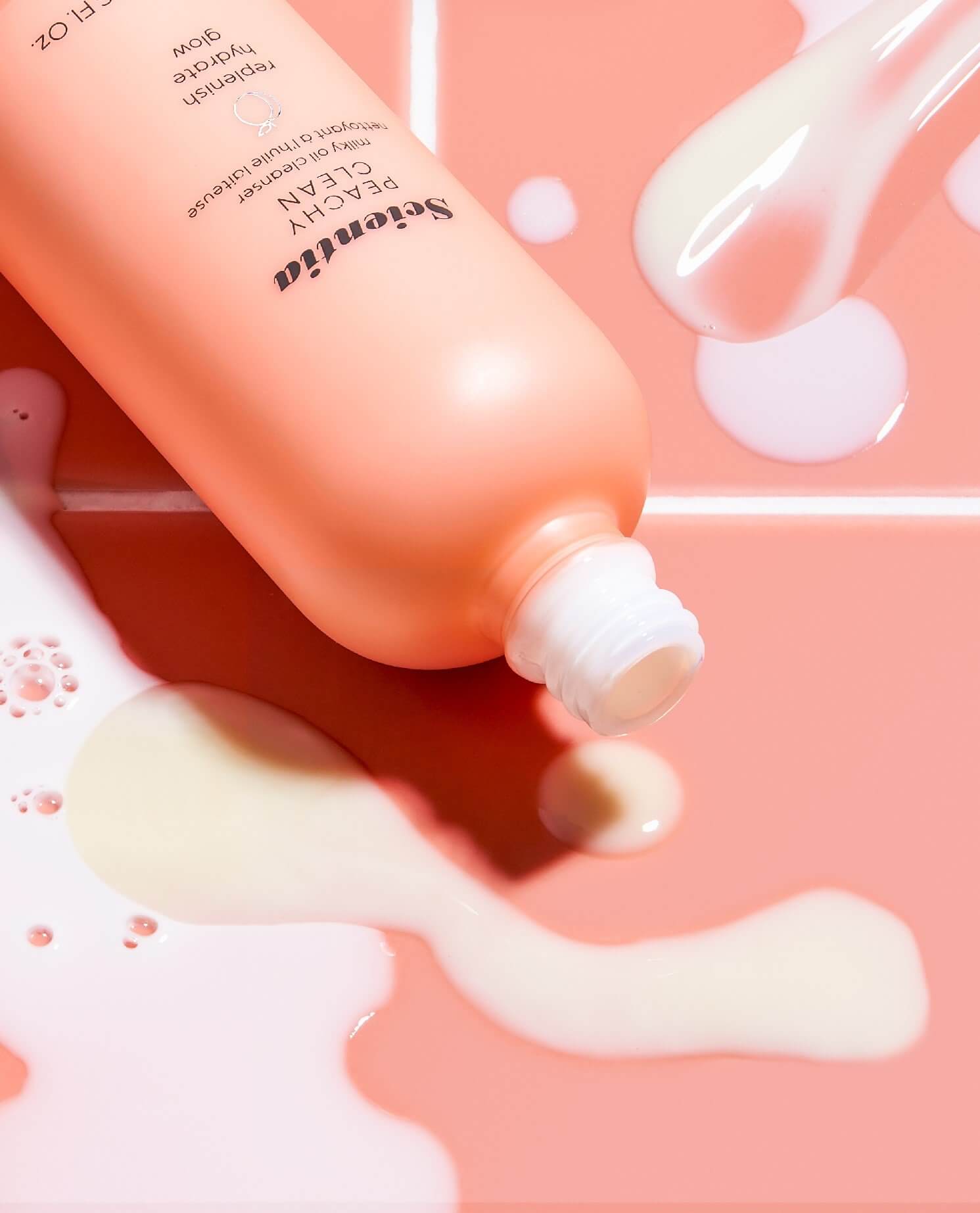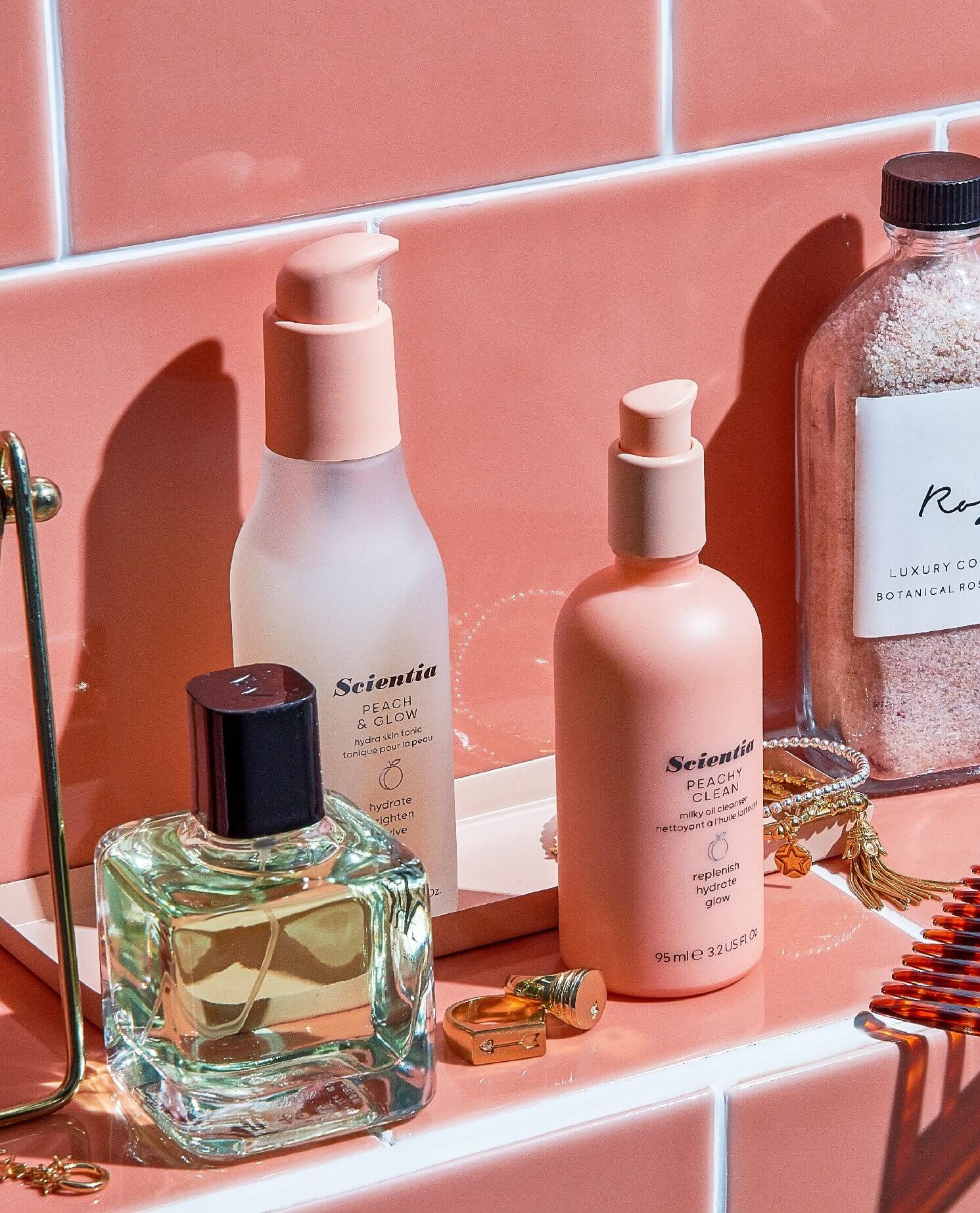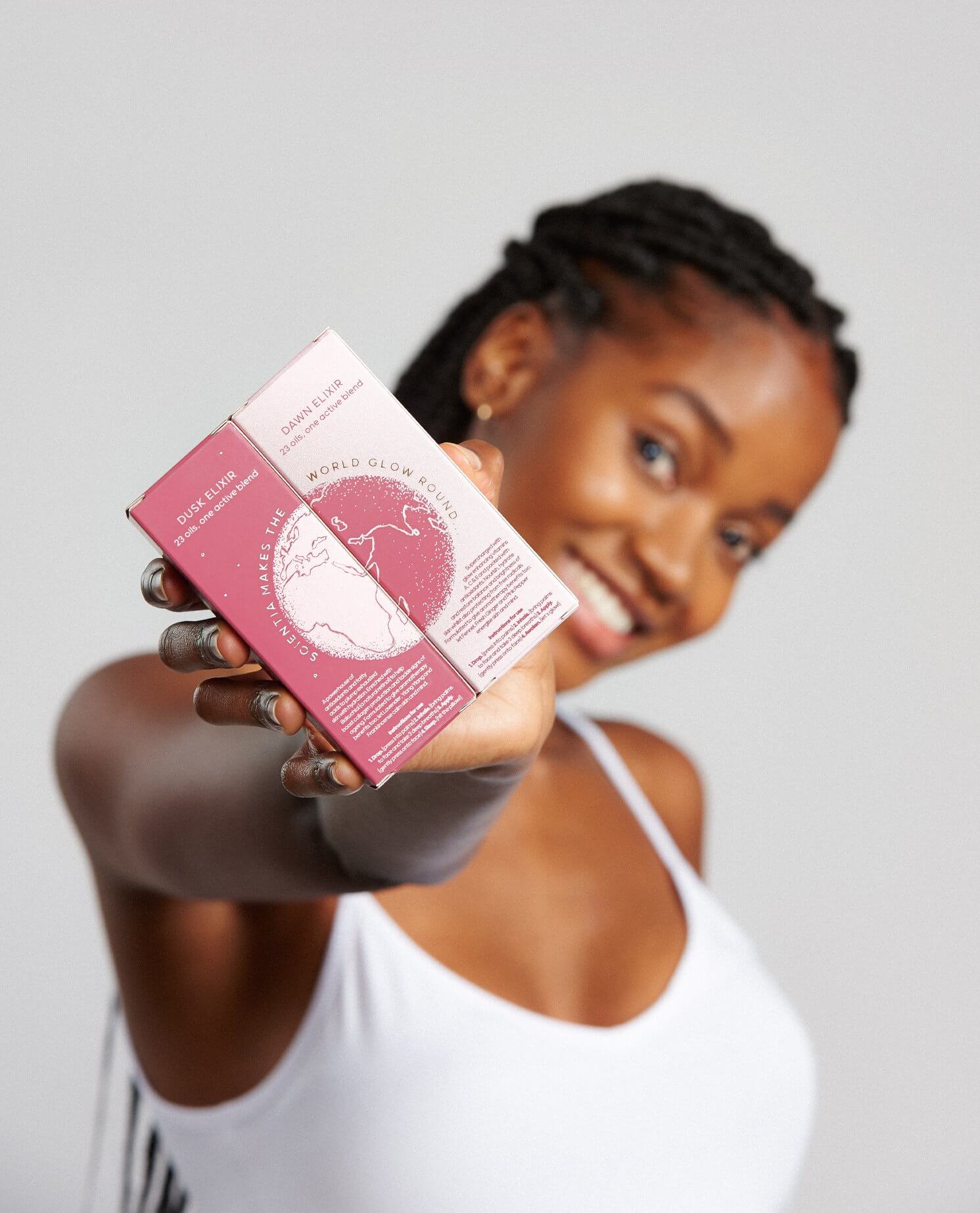Skin Inflammation: The low down about what could be causing your redness
Skin inflammation what is it, why it is a problem and is why is my skin so red? Skin inflammation is actually pretty common problem that comes in many different forms and whilst minor skin inflammation doesn’t usually cause us any major issues aside from redness, getting to the bottom of what exactly is making your skin react can be confusing, not to mention completely frustrating.
So, what is skin inflammation?
Skin Inflammation is a blanket term to describe a reaction on the skin, usually categorised as redness or a rash which can be accompanied by itching, swelling or tenderness. There are two types, acute and chronic, and chronic skin inflammation can include conditions such as Eczema, Rosacea and Psoriasis. However, the type of skin inflammation that many of us will experience in our lives will consist of red patches, a rash or dryness that lasts from anything between one day to two weeks and is defined as acute skin inflammation.
What are the main causes of skin inflammation?
There are plenty of causes of skin inflammation and the causes generally depend on what sort of inflammation you have. If you’re suffering from chronic inflammation and are having regular, prolonged flare ups, these are usually due to Rosacea, Dermatitis or Psoriasis and you should always consult with a doctor.
However, when it comes to acute inflammation which is a one off or happening sporadically, then its best to start looking at your routine and then environmental factors.
- Irritants: Have you recently introduced a new product into your routine? Redness often occurs when our skin comes into contact with an irritant. Everyone’s skin is different so no two people will react the same, so have a think about if you’ve recently used a new skincare or makeup product, or even a new shampoo or conditioner. Isolate the new products one by one till you see an improvement and discontinue use to see if your redness improves.
- Over-exfoliation: This is a huge one for causing skin inflammation and damaging your moisture barrier. A liiiitle bit obsessed with that new walnut scrub you bought? Going heavy on the acids or at-home peels? Overuse of exfoliants can weaken the skin barrier and really inflame the skin. The good news? A damaged moisture barrier isn’t permanent. Try cutting out all forms of exfoliants (physical, acids) and retinoids. Next, make sure to hydrate, hydrate, hydrate both inside out. If you don’t already introduce a hydrating toner to add in that extra step of hydration, make sure to moisturise (a lot) with something simple but effective and drink lots and lots of water. Once things have settled you can re-introduce you exfoliation once or twice a week so not irritate with over-exfoliation.
- Weather: Both hot and cold weather can cause facial redness. Always ensure you’re using an SPF and seek shade as much as possible when out in the sun.
- Diet: If none of the above seem to apply then it might be time to look at your diet. Common causes of skin inflammation can be fried, fatty or processed foods, alcohol and sugar. It’s a misconception though that everyone will react to the same types of food, every individual reacts differently so it’s good to try and narrow down exactly which food may be causing your issues. In the meantime, a diet that includes lots of fruit and veg, lean proteins, healthy fats and grains are known to be anti-inflammatory so be sure to include these if you’re having a flare up.
- Stress: As we know, stress can cause many reactions in our body, including causing skin inflammation, whilst it’s not always possible to avoid stressful situations, dealing with the root cause of the stress will then help to reduce any inflammation of the skin in the long term.
- Acne: Good old hormones could also be to blame for your redness. If you’ve been suffering from breakouts the redness can often be left behind long after the spot has healed as a result of damage to the deepest layers of the skin. This will fade with time, but this kind of redness can be treated with products containing acids to gently exfoliate the skin giving a smoother, brighter complexion.
When it comes to skin inflammation our top tip? Take it back to basics and go for hydrating ingredients to help restore that skin barrier. Our Peachy Clean milky oil cleanser and Peach & Glow hydra skin tonic both contain a whole host of skin hydrating ingredients with an important one being Glycerin. This skin-loving ingredient is a fortifying humectant that helps restore and protect your precious moisture barrier, soothing that inflammation and helping get your skin back to it's best!
Peach & Glow Hydra Skin Tonic

£24.00
Introducing our radiance-boosting, skin brightening, thirst-quenching hydra tonic, for skin that’s fresh, glowing and as juicy as its name sake. With Peach, Lychee and Aloe to refresh and hydrate, Ginseng for antioxidant protection, skin softening Glycerin and Tranexamic Acid to target sun… Read More
If irritation persists it might be time to consult with your doctor or a dermatologist.
![Scientia Beauty [see-en-cha]](http://scientiabeauty.com/cdn/shop/files/Scientia-awareness-web_230x.jpg?v=1656663400)







